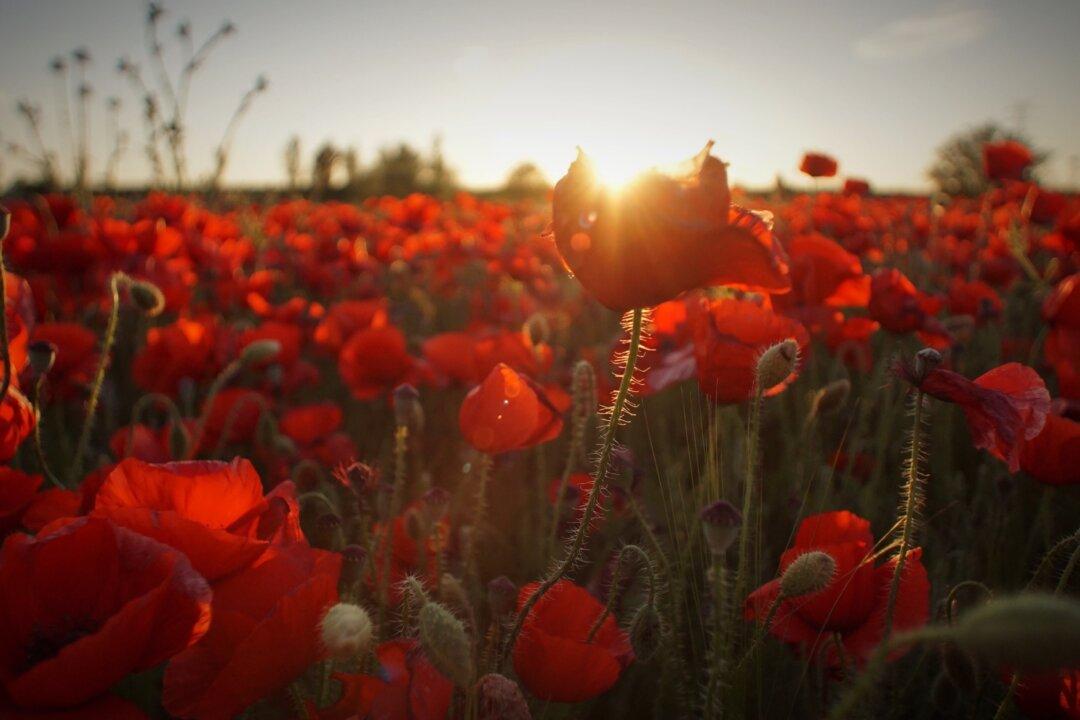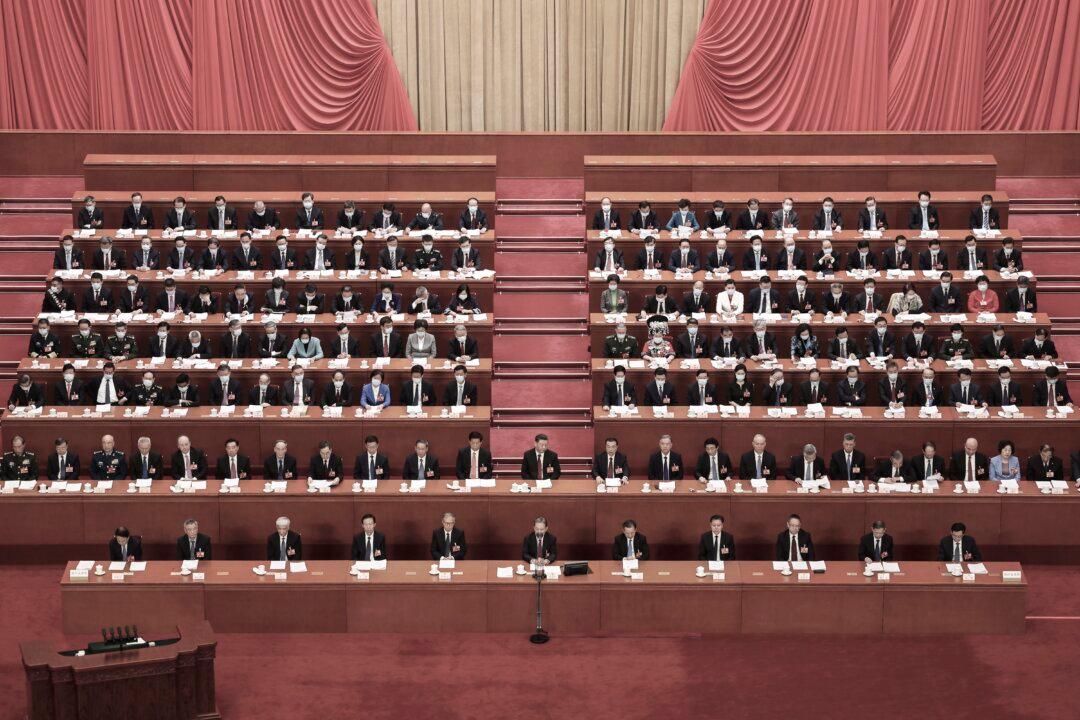Burma, also known as Myanmar, has overtaken Afghanistan to become the largest producer of opium in the world. This is the legacy of the Communist Party of Burma (CPB) learning from the Chinese Communist Party’s (CCP) experience of “feeding the army by producing drugs.” During the Sino-Japan war, the CCP, through the cultivation and sale of opium, poisoned its own people to save itself.
The United Nations Office on Drugs and Crime reported on Dec. 12 that Burma has surpassed Afghanistan to become the world’s largest producer of opium following the Taliban’s declaration that opium cultivation and drug production are illegal.





